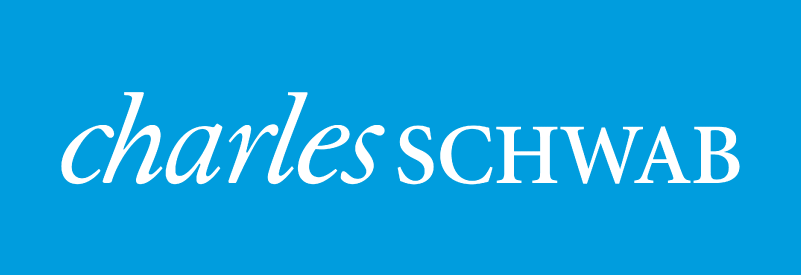The May Narrative
It was a memorable May to say the least. Prospect of trade wars, European political theater, North Korean drama, and moderately positive global economic indicators ultimately netted positive results in the U.S. equity market led by growth stocks and small caps. The S&P 500 climbed 2%, its best month since January, while small caps rallied close to 6%, their best month since September of last year. Europe, Pacific, and emerging markets were all down in May, pressured by political uncertainty in Europe, a renewed push toward global trade conflict, and a strong U.S. dollar. The bond market benefited from lower U.S. interest rates during the month which overcame slightly wider spreads, resulting in most fixed income sectors registering modest gains.
Market Anecdotes
- U.S. interest rates fell in May given concerns surrounding trade wars, European political uncertainty, and the influence of falling oil prices on inflation (Fed rate hike concerns). May delivered the biggest one-week rate decline since April 2017.
- In a surprising move, the U.S. removed steel and aluminum tariff exemptions on the EU, Canada, and Mexico which stressed markets and drew harsh criticism and promises of retaliation from trading partners.
- Italian political drama resulted in 2yr Italian yields spiking nearly 0.50% in a single day, the biggest one-day move since 2012 at the height of the Eurozone crisis. Italian bonds later rallied on the back of Italy’s treasury moving to monetize €500B of its two-year notes.
- Italy’s two large anti-establishment parties in Italy ultimately struck a deal for a coalition government which provided some clarity but puts a Eurosceptic group in power of the Eurozone’s third largest economy.
- In a contrasting view of U.S. corporate profitability, S&P 500 companies reported 26% profit growth in Q1 while the BEA reported only 0.1% including the impact of the tax cuts and a profit decline of 6% excluding the impact of the tax cuts.
- Ben Bernanke signaled a cautious tone, regarding the timing of $1.5t in tax cuts and $300b of budget deficit spending which may pose challenges to the Fed when their effects wane in 2020. Injecting heavy stimulus into an economy running at full employment may tie the Fed’s hands if the economy needs monetary stimulus while grappling with record tight labor markets.
- Referencing strong dollar challenges to emerging markets, Urjit Patel, the governor of India’s central bank, noted $20b/mo ($50b/mo in 2019) of Fed balance sheet unwind and a record $2.3t of U.S. Treasury issuance over next 2 years will put pressure on USD supply resulting in a strong USD and corresponding downward pressures on emerging markets.
- While U.S. markets have largely climbed back from the first quarter market correction, emerging market equities and debt have continued to languish. A strong USD is a headwind to emerging markets but benefits U.S. small cap stocks because they carry lower international revenue exposure than larger cap multinationals.
- Oil production in the Permian soared to 3.2 million barrels per day in May, moving total U.S. production above 10.2 mbpd – surpassing the prior U.S. record of 10 mbpd in 1970. This is the highest recorded U.S. oil production since the government began keeping records in 1920.
- According to the Baker Hughes report, the number of oil rigs drilling in the Texas Permian Basin has tripled in the past two years to 449. The Permian Basin rigs now represent 44% of all operating rigs in the U.S. and approximately 22% of operating rigs in the world.
Economic Release Highlights
- Full employment? May’s 223,000 jobs created maintained a record streak of 92 straight months of positive job creation, pushing the unemployment rate down to a multi-decade low of 3.8%. We are in the 170th consecutive week of less than 300,000 claims (longest recorded) and the 35th consecutive week of less than 250,000 (longest such streak since 1970).
- May’s Job Opening and Labor Turnover survey (JOLTS) revealed a record number of job openings and for the first time in its history, more openings than there are available workers.
- Average hourly earnings increased 2.7% from a year earlier while real personal income of 1.8% yoy and real PCE spending of 1.25% 3m/3m, both relatively low again.
- May’s ISM Manufacturing report of 58.6 was a bounce from two straight m/m declines and beat expectations, registering an expansionary level of 58.6.
- May Consumer Confidence hit the consensus estimate of 128, which marks eleven straight months with an estimate greater than 120. Since 1967, there have only been two other periods with comparable positive and sustained marks.




